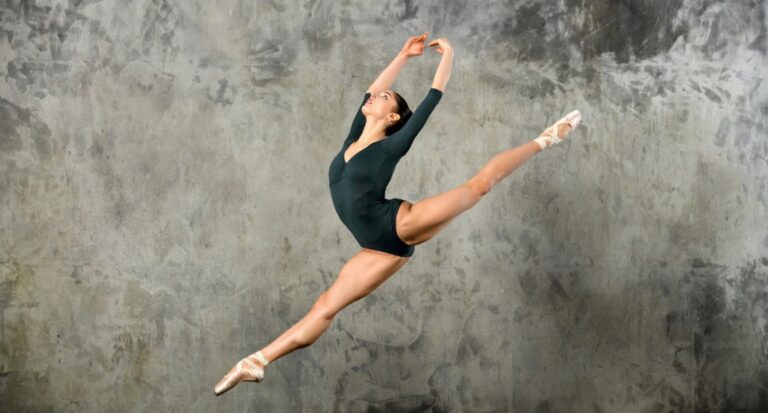Competitive dance is an exciting yet difficult area as it combines the elements of art, sport, as well as a whole lot of hard work. If you are just starting your journey into dancing or have been dancing recreationally, moving into competitive dance will require some passion for performance and more commitment.
This article is going to provide the essential steps, skills, and useful tips for becoming a competitive dancer.
What Is Competitive Dance?
At competitive events, each team of competitors is required to perform a set choreographed piece to music for the judges. Dancers are evaluated and scored based on their technique, accuracy, originality, stage/work presence, and the quality of the overall performance.
Styles commonly featured include ballet, jazz, lyrical, hip-hop, tap, and contemporary. Unlike recreational dance, where enjoyment and exercising are the objective, competitive dance is focused on achieving something with recognition as the end goal.
Step 1: Getting Started
• Training:
While most competitive dancers begin training younger in life, you can start training at any age! Find a dance school and register for dance classes, preferably with a good syllabus. Ballet, in particular, is important, as it sets the foundation for your dance training in other styles.
• Types of Dance:
To understand where your talent and interests are, you need to try a variety of dance styles. A range of dance stylizations will be important in competition, as versatility can often be in your favor if you can dance in a variety of styles.
Step 2: Join a Competitive Dance Team
• Finding a Competitive Dance Studio:
First, find a variety of dance studios that promote competitive programs and provide experienced and knowledgeable coaches. Most studios have competitive teams that audition to be part of these teams. Dance teams train and perform together every week of the year, registering for regional and national competitions.
• Commitment and Rehearsals:
So, you found a team! Now, expect a strong commitment to time balance, it may be a real juggle. Similar to most competitive duties, you will be expected to train for multiple days a week, attend scheduled or surprise rehearsals over the weekend, and practice in workshops or master classes to ensure you can compete with excellence.
Step 3: Focus on Technique and Performance
Strong technique is critical and is a major component of competitive dance; this includes proper posture, alignment, balance, flexibility, and strength. Strong movements are cultivated through a combination of classes, private lessons, and practice.
Judges also evaluate dancers in terms of how well they connect with an audience. Active participation ranges from expressive motion and facial expressions to displaying confidence, which can considerably enhance the score awarded.
Step 4: Compete and Learn from Experience
Troupe competitions are scheduled throughout the season so the team can travel and compete. Each competition offers the chance to perform, accept feedback, and grow. Take judges’ analyses seriously—they’re valuable tools for development.
Handle Pressure Positively:
Competing can be stressful, particularly under bright lights and ahead large audiences. Learn to control nerves, stay fixated, and support your teammates. A positive psychology is key to long-term benefit.
Conclusion
Becoming a competitive dancer requires more than talent—it demands affection, discipline, and elasticity. With the right training, supportive coaches, and a love for performance, you can succeed in the competitive dance world. Embrace the journey, learn from each experience, and keep dancing toward your goals.

